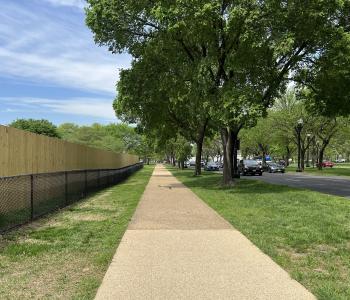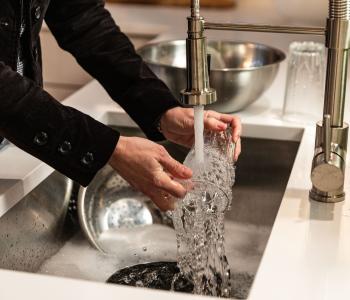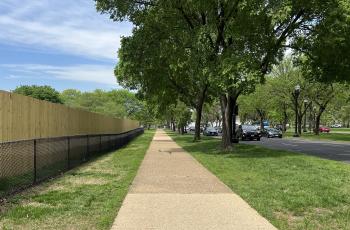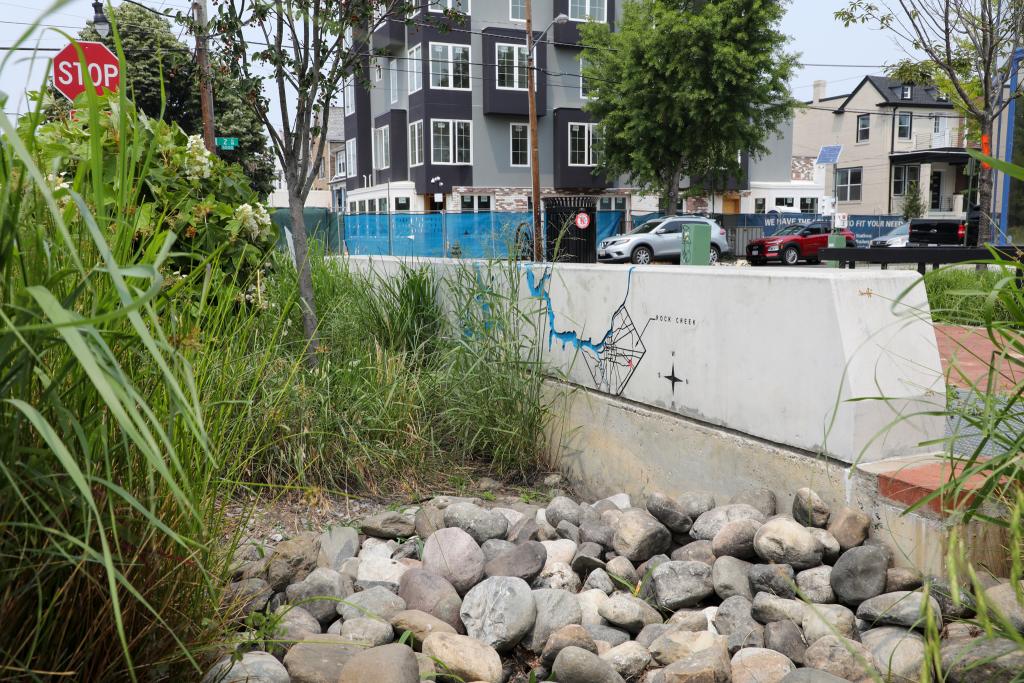DC WASA is Leader in Protecting the Potomac River and Chesapeake Bay
The Chesapeake Bay is the largest estuary in the United States, and water quality is the most important measure of the Chesapeake Bays health. A number of restoration projects and programs, from 5 states and the District of Columbia, have been undertaken to improve the poor water quality in the Bay and address the degraded habitats and the low populations of many species of fish and shellfish. The District of Columbia Water and Sewer Authority continues to be a leader in this effort.
DC WASAs Blue Plains Advanced Wastewater Treatment Plant is the largest plant of its kind in the world, and is also the largest single point discharger to the Chesapeake Bay. DC WASA has long been a leader in working to clean up the Bay by voluntarily reducing nitrogen levels and annually exceeding goals established by the Chesapeake Bay Agreement in 1987 and 2000. (Nitrogen aids the growth of algae in the Bay, causing the depletion of oxygen needed by fish and other aquatic life).
Blue Plains is located at the southern tip of the District, on a 150-acre site along the Potomac River. Wastewater from the District and several counties in Maryland and Virginia is treated at Blue Plains and returned to the Potomac River. The Potomac is a tributary of the Chesapeake Bay. To further reduce nitrogen levels discharged into the Potomac, DC WASA is investing upwards of $1 billion for improvements at its Blue Plains facility.
While Blue Plains is the largest single point source discharger to the Chesapeake Bay, a Chesapeake Bay Commission Report documents that less than 26 percent of the Bays nitrogen is due to discharges from municipal wastewater treatment plants. Two- thirds of the nitrogen load in the Bay comes from agricultural and airborne influences.






